“Art over beauty.” This concept has always intrigued me. On its face it is a simple statement, but the longer I reflected on it, the larger the impact it made on me. When I considered the answers below, through the lens of that philosophy, it changed the way I thought about Art. It made me realize that no matter the form it takes, Art requires you to impose your vision onto your chosen medium, and it is that motivation drives us all to create what we can in the time that we have.
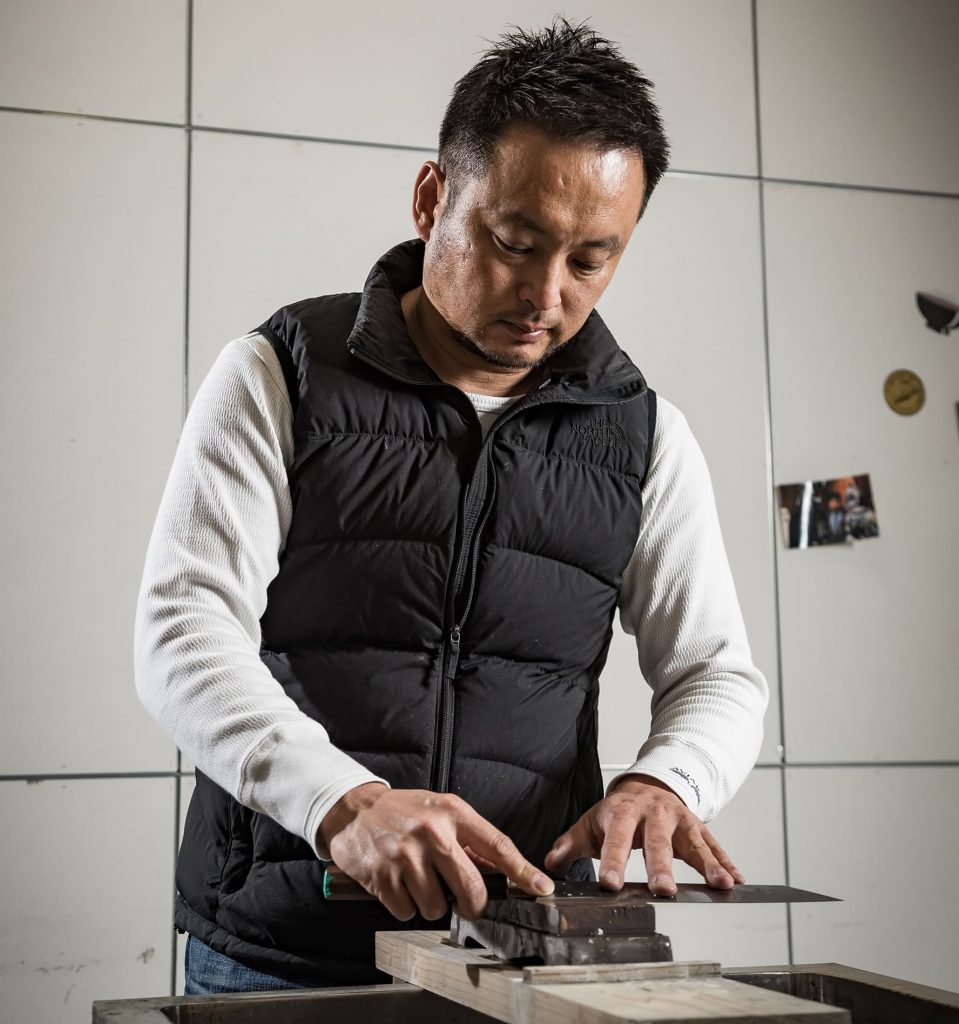
To start off, please tell us a little about yourself.
Nice to meet you. My name is Takayuki Shibata, and I am involved in the manufacturing and sales of kitchen knives.
Our knife manufacturing factory is located in Fukuyama, Hiroshima Japan. While we do manufacture, our main focus is selling high-quality Japanese knives to retail stores overseas.
What sparked your interest in knives?
It all started 23 years ago when I traveled across the United States. Many Americans told me that Japanese products are the best, and from that, I developed a desire to, someday, introduce Japanese products to the world. At that time, Japanese kitchen knives were not widely recognized worldwide. Some knife manufacturers that are currently busy, were struggling back then with little work and an uncertain future. During that time, I happened to read an article that said this:
‘Knife makers are small companies with little work, and they can’t even hire young people. This is a disappearing traditional industry.’
I thought to myself, if I could sell knives made by these blacksmiths to the world, their businesses could grow, they could hire young people, and the skills would be passed down. That’s when I realized I would like to introduce Japanese knives overseas.
What inspired you to do this and how did you learn?
Let me share the story of how I got started in manufacturing. About five years after I began working in the wholesale business, Japanese kitchen knives started gaining popularity overseas. Many of the retail stores we worked with expressed a desire for more knives. So, I thought, if we could start making them ourselves, even a little, we could help increase the number of knives available for these retailers to sell. That’s when I decided to get into manufacturing.
I had seen many different types of knives and visited various manufacturers, so I learned how to make knives by observing their techniques.
When did you start making knives?
It was around 2013.
How has your approach to knife making changed?
Originally, I used to make them thinner. But I felt that wasn’t good, so I changed the design to give the blade a clear contrast between thick and thin areas. This is a very important process because it affects the sharpness of the blade.
I was really satisfied when it was finished, but after a few days, I started thinking, ‘Maybe I can make it even better.’
Ultimately, that sense of satisfaction ended in an instant.
Do you have a favorite knife you made, tell me about it?
The Koutetsu SG2 series Bunka. The idea came from a kitchen knife I used before I started making the Koutetsu.
I used to use a standard 210mm gyuto, but it often left bits of vegetables uncut.
When I tried using a Nakiri instead, it cut the vegetables very cleanly.
However, because the Nakiri has no pointed tip, it’s not suitable for cutting meat.
That’s why I wanted to create a knife that combined the best features of both.
The shape of the Koutetsu represents my ideal kitchen knife.
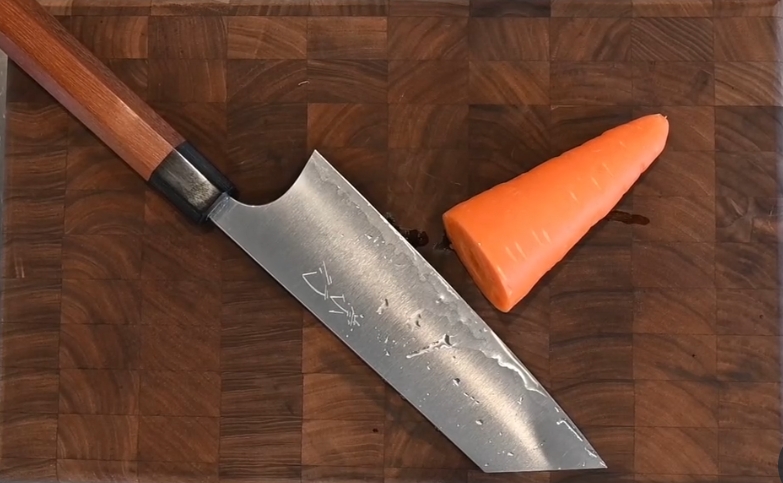
What is the most important aspect of a well-made knife?
The balance when holding a knife is important, but I believe the sharpness is the most important aspect.
What keeps you going?
My driving force is the joy expressed by those who use my products and knowing that the services I provide are appreciated by someone.
Biggest struggle?
When creating something, things often don’t go as planned, no matter how many times I try. There are many challenges. But now, I’ve come to find that even those difficulties are enjoyable.
What kinds of knives do you make?
I craft knives that leave a deep impression on those who use them.
How did your background affect your approach to knives?
In the past, I worked as a carpenter and as a machine operator at a steel factory, involved in manufacturing. The knowledge and experience I gained there have been put to good use in making knives.
Who helped you early on?
Nobody.
Who are your influences?
It’s not a person, but I’ve been influenced by Porsche.
What other knife makers out there impress you these days? Do you take inspiration from anyone else in the field?
There are many kitchen knife manufacturers, and each of them makes excellent knives.
I tend to draw inspiration not from others in the same industry, but from active manufacturers in different fields.
For example, I find inspiration in Porsche, the London shoemaker John Lobb, and even fishing gear manufacturers.
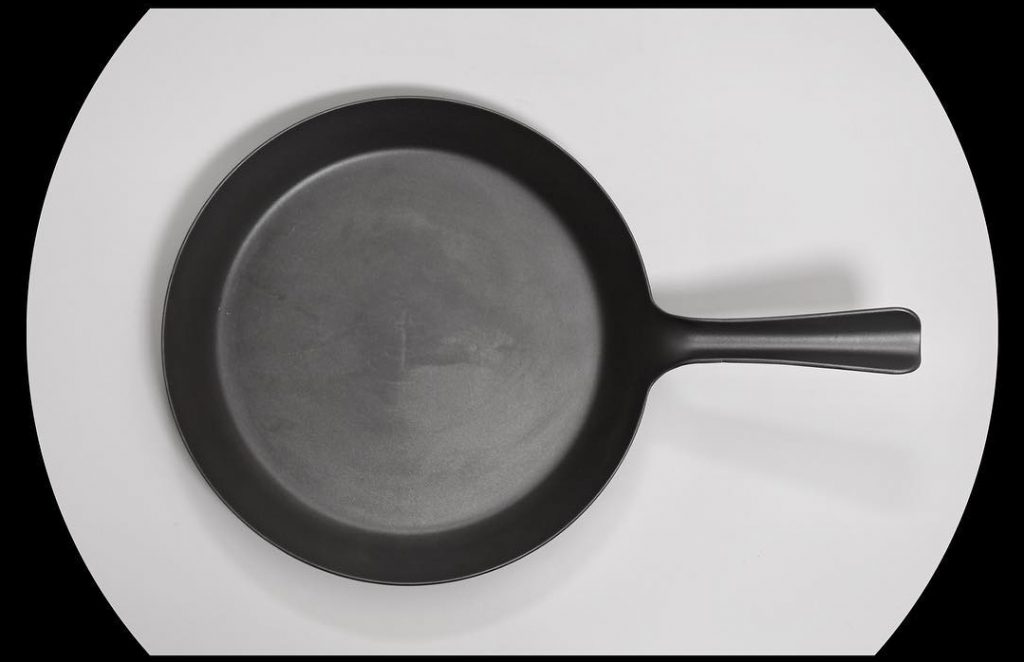
Any specific breakthroughs or revelations in your knife making journey?
It’s about how the blade of the knife is made. I’m not talking about the visual design, but about the thickness of the blade—where to make it thicker and where to make it thinner. You probably know that a thicker blade doesn’t cut as well, but simply making it thinner doesn’t work either. Deciding where to add thickness and where to reduce, it is a very striking and memorable part of the process.
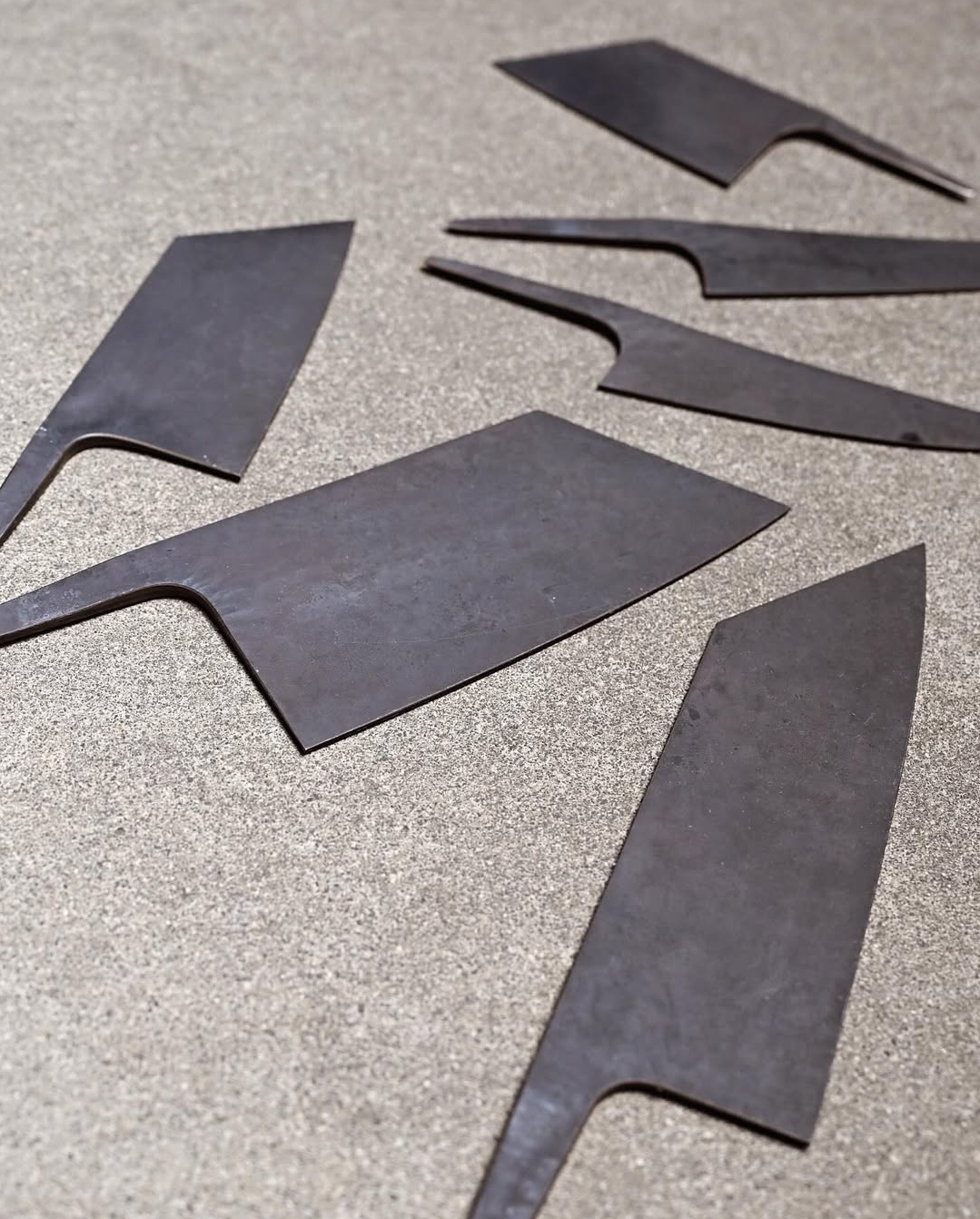
What is the perfect knife?
The perfect knife, in my opinion, is one that has a sharpness with a hint of roughness when cutting. It’s also a knife that maintains its excellent cutting edge for a long time.
How do you approach knife testing?
I mainly use carrots. I often try harder vegetables.
How do you develop a design, select a steel, and fine-tune a heat treatment?
When it comes to design, I aim for shapes that are as user-friendly as possible, while incorporating designs that feel unique yet familiar. As for the steel, I choose materials that can hold a good edge and are easy to sharpen.
Do you have a favorite steel?
I like SG2, because despite being stainless steel, it is easy to sharpen and can hold a sharp edge.
How has the knife world changed since you started?
It has become incredibly popular worldwide. I would like to make efforts to ensure that this popularity does not become a passing trend but continues to last a long time.
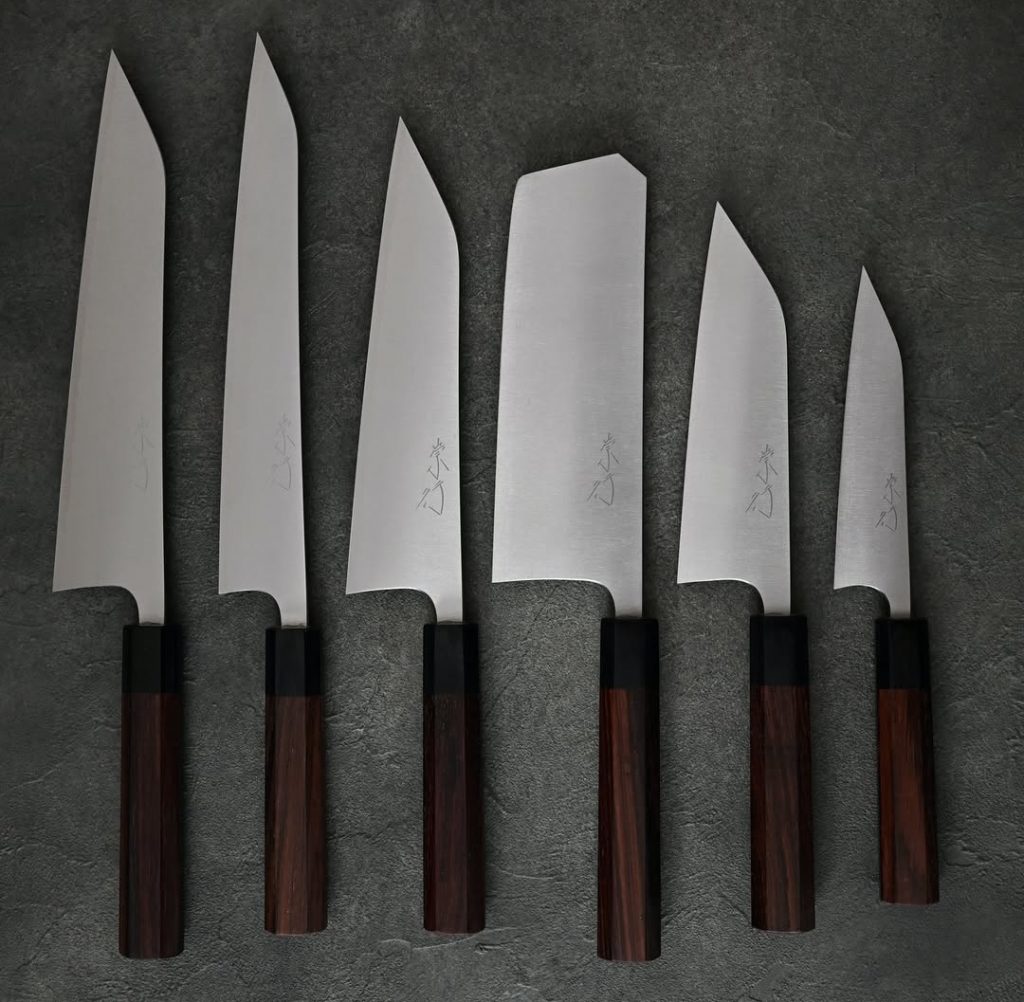
What’s up next for you? Any exciting new projects to tell us about?
Most recently, we’ve decided to launch the Chromax series. In addition, our original sharpening stones will be available for sale.
Also, while it’s not directly related to knives, we’re developing a new product—a teapot called ‘Rock’n’pot.’ Please look forward to it.
For more information and to see more of his work check out his website http://www.shibataknives.com or his Instagram http://www.instagram.com/takayuki_shibata
Leave a Reply